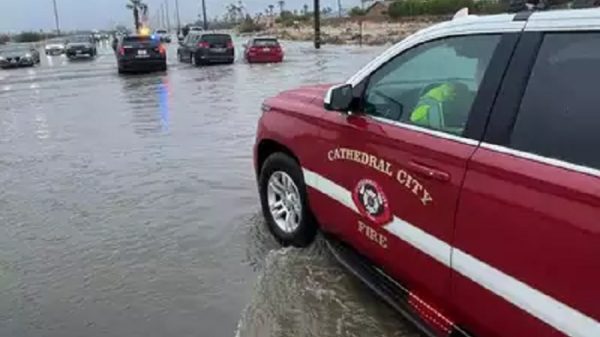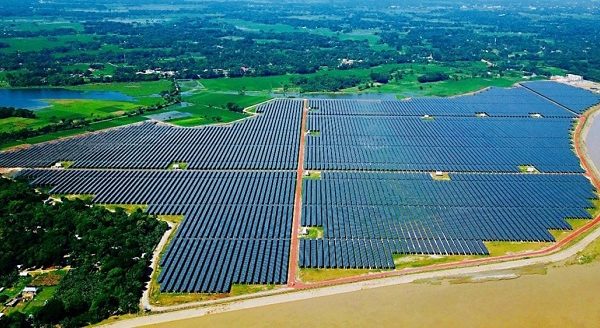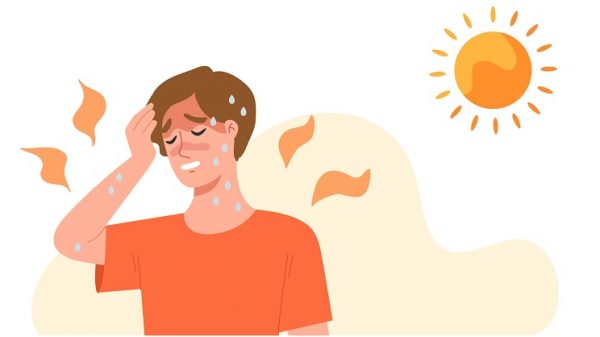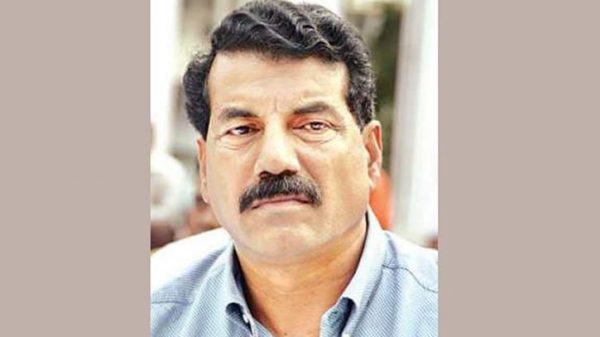California cleans up after record rainfall from Hilary

Shawdesh desk:
Southern California was cleaning up Monday after record rainfall triggered landslides and flooding, shuttering schools, roads and businesses in an “unprecedented” tropical storm.
Up to 11 inches (28 centimeters) of rain were recorded in some areas as the tail end of what was once Hurricane Hilary belted through the region.
In Oak Glen, a small mountainside community between Los Angeles and Palm Springs, a large mudslide spread across the streets.
Brooke Horspool spent the morning shoveling mud and trying to dig out neighbors stranded by the messy deluge.
“When the rain came down really hard yesterday from the storm, it caused the mountain to slide down and the road became a river of mud,” he told AFP.
It flowed right through his neighborhood and into his neighbors’ home.
“They’re actually still stuck in the house. There’s mud above the door so they can’t get out or if they open the doors, then the mud will rush into the house.”
The deluge from Hilary swamped roads, transforming highways into rivers and stranding some motorists.
The start of the public school year was widely delayed for a day, with class postponed in several school districts, including Los Angeles.
At its peak a Category 4 hurricane — the second-most powerful on the five-step Saffir-Simpson scale — Hilary was downgraded to a tropical storm as it crossed into the United States from Mexico, and later to a post-tropical cyclone.
By Monday afternoon the remnants of the storm were looming over Oregon and Idaho.
“A plume of moisture associated with what was once Hilary will produce showers and thunderstorms over parts of California, the Great Basin, Southwest, Pacific Northwest, Northern Intermountain Region, and Northern Rockies,” the National Weathwer Service said.
“The associated heavy rain will create mainly localized areas of flash flooding, with urban areas, roads, small streams, and burn scars the most vulnerable.”
– ‘Unprecedented weather event’ –
Los Angeles and its surrounding areas had gone into overdrive ahead of the storm, with reports of grocery stores stripped of toilet paper and drinking water.
“This is an unprecedented weather event,” Los Angeles Mayor Karen Bass had warned.
Authorities opened five storm shelters and deployed more than 7,500 personnel, including several hundred National Guard soldiers as well as swiftwater rescue teams, the office of California Governor Gavin Newsom said.
In San Diego, people filled sandbags to prepare for possible flooding, while lifeguards warned people to stay out of the sea.
In the end, most places escaped with just heavy rain, but some more rural areas experienced flooding.
A local ABC affiliate broadcast video of intense flooding in parts of Palm Springs, where the police department announced an outage of the emergency 911 call line on Sunday night, advising people to head to the nearest fire or police station in person.
Climate scientist Daniel Swain said Sunday had been the wettest day ever between June and August.
“That’s not nothing. That’s a pretty remarkable statistic, pointing to the extremity of the precipitation event that did unfold,” he said.
“In many cases, it didn’t fall as quickly as had been feared in some places and so I think that the flood impacts thankfully, were not as potentially catastrophic as they could have been.”
– Mexico –
The storm’s effects in Mexico were much more severe.
One person died after a vehicle was swept away by a swollen river, Mexico’s Civil Protection agency said.
The Mexican army opened 35 shelters providing refuge to 1,725 people affected by the storm.
The Mexican government deployed almost 19,000 soldiers in the states most affected by the storm, while the federal electric utility sent 800 workers and hundreds of vehicles to respond to any outages.
Hurricanes hit Mexico every year on both its Pacific and Atlantic coasts. Although the storms sometimes affect California, it is rare for them to strike the state with much intensity.
Scientists have warned that storms are becoming more powerful as the world gets warmer with climate change.
“We have to also look at what is the change in the climate doing to these severe weather events,” FEMA administrator Deanne Criswell told CNN Sunday. “What is the risk going to look like into the future?”























Leave a Reply